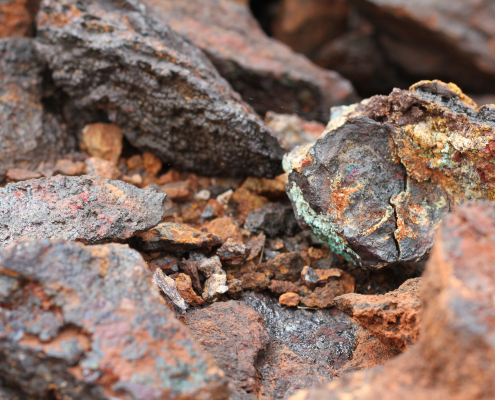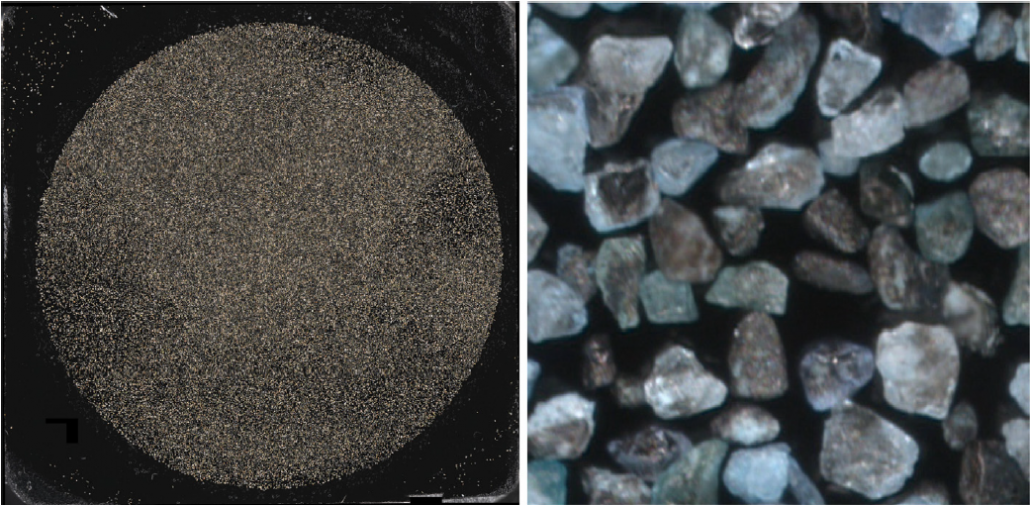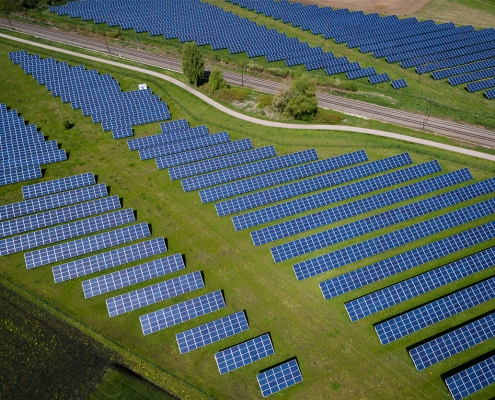CRITICAL MINERAL IDENTIFICATION USING CAMERAS
The Canadian government has put forth a goal to reduce our net carbon emissions to zero by 2050. One avenue the Federal government is exploring to help achieve this goal is the creation of the Critical Minerals Research, Development and Demonstration (CMRDD) program. This program has a budget of $10.95 million to contribute to funding for pilot plants and demonstrated projects with a focus on developing critical minerals value chains.1
In Ontario, the provincial government will also be investing in the Critical Mineral Innovation with a budget of $2 million in 2022-23 and a further $3 million in 2023-24 to create a Critical Minerals Innovation Fund. These funds are aimed at supporting innovative projects that develop ways to extract and process critical minerals with the longer-term goal of having Ontario become a leader in battery technology, electric and hybrid vehicles, and advanced manufacturing.2
Cameras and Critical Mineral Research
One promising avenue in critical mineral research involves the use of cameras and deep learning as a means of classifying each mineral constituent in an ore. Being able to quickly and accurately identify mineral components in the ore allows for streamlined and more efficient mineral processing. Integrating artificial intelligence and computer vision will allow automated systems to more quickly identify and understand the ore moving throughout a mineral processing plant.3 Knowledge and identification of the particle size, shape, useful mineral content, particle size composition, and mineralogical composition are essential to mineral processing. The use of cameras and deep learning allows for adjustment and optimization of crushing and grinding operations at the plant.4, 5
fig. 1 — (left) Original photomosaic of a sample surface approximately 35 mm in diameter
(right) RGB sub-image of 600×600 pixels as used for image segmentation.6
fig. 2 — (top) RGB histograms for two known minerals
(bottom) Multiple Thresholding segmentation.8
The Future of Cameras and Critical Mineral Identification
Sensor based sorting is being touted as the way forward in the mining industry to mitigate working with declining ore grades and complex ore types. Optical color sorting has been used to successfully separate chromite and gold ore. Near-infrared (NIR) sensing is also used to determine the mineralogical composition of an ore sample and are currently utilized for sorting industrial materials including talc and borates.9
Bottlenose™ and Applications in Mining
Bottlenose™ sensors are a great addition to the critical mineral mining and processing industry for several reasons. 20.5TOPs of processing power allows for advanced on-camera object detection, segmentation, annotation, and classification – features which are crucial for advancing Canada’s critical mineral research.10 Bottlenose™ sensors are also equipped with a powerful ISP which makes managing complex lighting situations a breeze. The ISP processes dual 4K images simultaneously and includes lens shading correction, color correction matrix, auto white balance, undistort, amongst a host of other image processing options.
If you are looking to get involved in this exciting field of mineral identification, please contact us or try our camera to gain a competitive edge.






 Nao Takabayashi
Nao Takabayashi Andreas Gücklhorn | Unsplash
Andreas Gücklhorn | Unsplash

Leave a Reply
Want to join the discussion?Feel free to contribute!